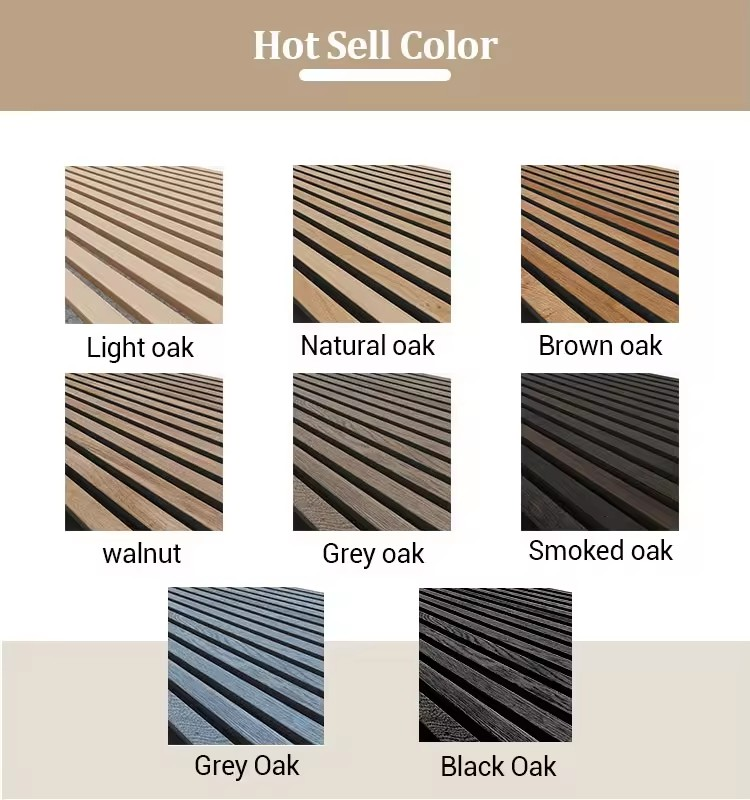How to Make Acoustic Panels for Your Home Studio
Creating a home studio is an exciting venture, whether you’re a budding musician, a podcaster, or just someone who appreciates quality sound. One of the most important components in achieving great audio quality is the acoustic treatment of your space. Acoustic panels can significantly enhance sound quality by reducing echo and background noise. In this article, we’ll guide you through the process of making your own acoustic panels with simple materials and techniques.
Understanding Acoustic Panels
Acoustic panels are designed to absorb sound waves and reduce sound reflections in a room. When sound waves bounce off hard surfaces like walls, ceilings, and floors, they can create echoes and unwanted noise, which can negatively affect recordings and sound quality. By installing acoustic panels, you help control these sound waves, resulting in a cleaner and more balanced audio environment.
Materials You Will Need
Before you start constructing your acoustic panels, gather the following materials
1. Insulation Material Fiberglass insulation or rock wool batts are excellent choices for sound absorption. Look for materials with a density of at least 3 pounds per cubic foot. 2. Wood Frames You can use pine or any other softwood. Common dimensions for a panel are 24” x 48” or 24” x 24”, but you can customize the size according to your space. 3. Fabric To cover the panels, choose a breathable fabric that will allow sound to pass through while looking aesthetically pleasing. Acoustic fabric, burlap, or even old bedsheets can work. 4. Staple Gun and Staples To secure the fabric to the frame. 5. Screws or Nails To assemble the frame. 6. Saw For cutting wood to the desired dimensions. 7. Drill For easy assembly of the frame.
Step-by-Step Instructions
1. Measure and Cut the Wood
Start by measuring and cutting your wood to create the frames for your panels. For example, if you’re making a 24” x 48” panel, cut four pieces of wood two at 24” and two at 48”. Assemble them in a rectangular shape.
2. Assemble the Frame
how to make acoustic panels for home studio

Using screws or nails, connect the pieces of wood to form a rectangular frame. Make sure it's sturdy enough to hold the insulation material. Drill pilot holes to prevent splitting the wood, especially if you’re using pine.
3. Insert the Insulation Material
Cut the insulation material to fit snugly inside the frame. Place it within the frame, ensuring it fits tightly for optimal sound absorption. You may want to wear a mask and gloves when handling fiberglass or rock wool to avoid irritation.
4. Cover the Frame with Fabric
Lay your chosen fabric on a flat surface, and then place the framed insulation face down on top of it. Pull the fabric over the edges of the frame and staple it in place on the back. Make sure the fabric is taut, but avoid stretching it too much, as this may affect the appearance of the front of the panel. Fold the corners neatly, similar to wrapping a gift.
5. Hang the Panels
Once your panels are covered, you can hang them on the walls of your studio. Position them strategically, focusing on areas where sound reflections occur most, such as opposite corners and above mixing desks. Using picture hangers or wall brackets will make mounting easy.
6. Test Your Setup
After hanging your panels, take some time to evaluate the sound quality in your studio. You may find that additional panels are necessary, or you might need to adjust their positioning for optimal absorption.
Conclusion
Making your own acoustic panels is an effective and budget-friendly way to enhance the sound quality of your home studio. By following these steps and using simple materials, you can create and install acoustic panels that will make a significant difference in your recording environment. Remember, treating your space acoustically is an ongoing process, and experimenting with the placement of your panels will help you achieve the best sound possible. Happy recording!
